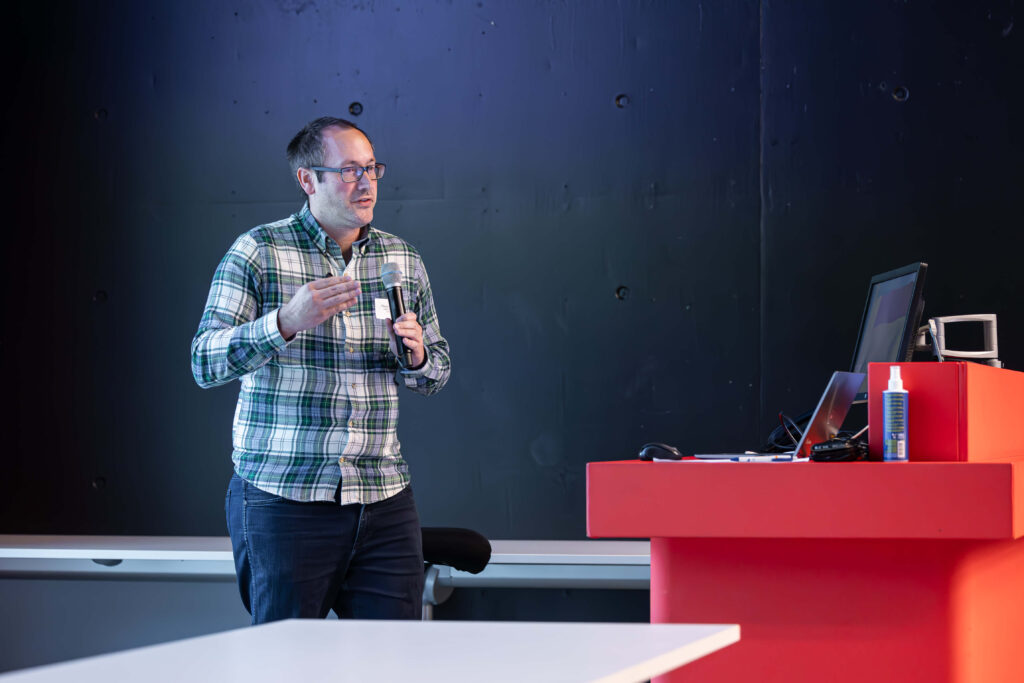Ruisdael Science Day 2024 brought together experts from diverse fields to discuss advancements in air quality, radiation, wind, precipitation, clouds, and modeling.
One of the highlights was the presentation of our PHARA consortium member Marc Schleiss.
Marc shared findings from his research at the Ruisdael facility in Cabauw. Marc set out to find a rare type of rainfall pattern – short periods during which raindrop sizes or concentrations stay constant. These patterns had been theorized for years, but nobody had ever confirmed their existence through actual measurements. Using 3 years of in-situ and remote sensing data, Marc identified eight potentially special events. However, as it turned out, none of them matched the theories, and none provided strong evidence of the special rainfall patterns he was searching for.
Despite this, Marc didn’t think the patterns were impossible to find. He suggested that three years of data might not be long enough to capture them. He also pointed out the technical limitations of the current sensors, which aren’t yet precise enough to track the small-scale dynamics of precipitation accurately. Marc’s work highlights how difficult it is to prove long-standing theories in precipitation science. It also shows the need for better, higher-resolution tools to measure rainfall in the future.
Read his published work in Atmospheric Measurement Techniques here.
Overall, the day showcased cutting-edge research and fostered collaboration among experts dedicated to understanding the complexities of our atmosphere.

Photo: Robert Kroonen
